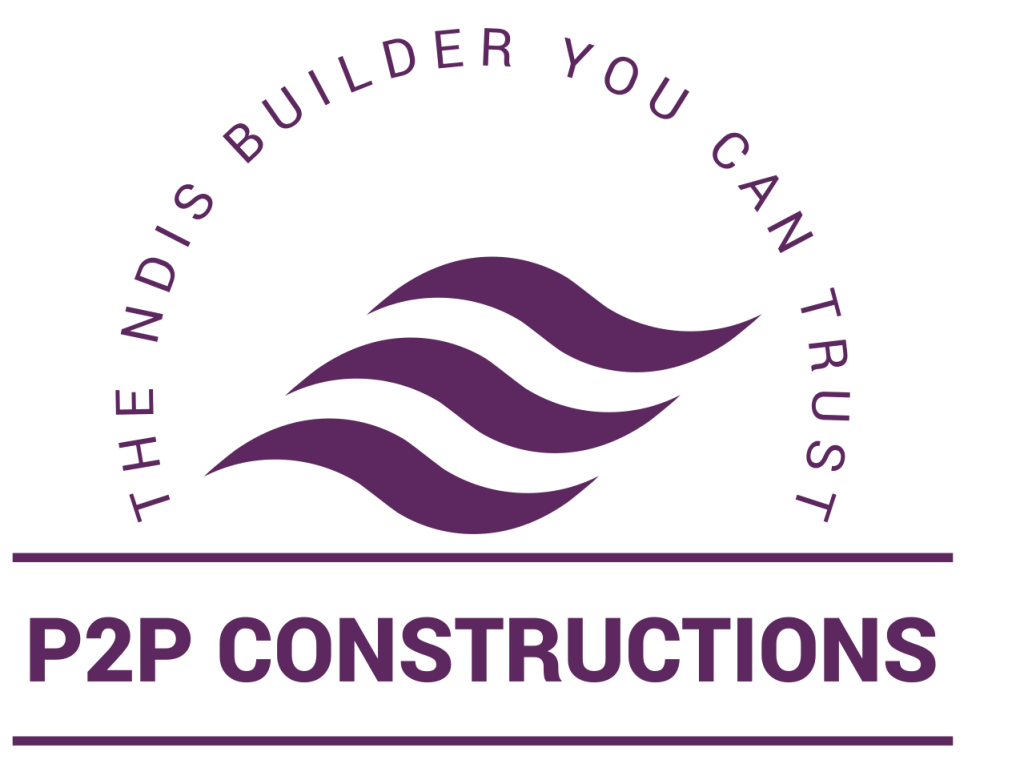Understanding NDIS Plan Management
The National Disability Insurance Scheme (NDIS) offers a variety of plan management options to assist participants in managing their funding and supports. Here’s a comprehensive guide to help you understand the different approaches and choose the best one for your needs.
What Is NDIS Plan Management?
NDIS plan management refers to the way in which a participant’s NDIS funds are managed. Participants can choose from three main options: NDIA-managed, plan-managed, and self-managed. Each method has its own advantages and limitations, providing different levels of control and administrative responsibilities.
NDIA-Managed Plans
With NDIA-managed plans, the National Disability Insurance Agency (NDIA) takes care of all administration and payments. This option is ideal for participants who prefer a hands-off approach and minimal paperwork. The NDIA manages the budget, pays the providers, and ensures compliance with the NDIS guidelines.
Benefits:
- Minimal administrative work for participants.
- NDIA handles all payments and documentation.
Limitations:
- Limited control over provider selection.
- Less flexibility in managing the budget.
Plan-Managed Plans
In plan-managed plans, participants choose a registered plan manager to handle the administrative tasks and manage NDIS payments. The plan manager helps connect with providers, manage agreements, pay invoices, and ensure that funds are used according to the plan.
Benefits:
- Greater control over provider selection.
- Reduced administrative burden compared to self-management.
- Ability to change plan managers if unsatisfied.
Limitations:
- Plan manager fees are deducted from the participant’s NDIS funding.
- Reliance on a third party for financial management.
Self-Managed Plans
Self-managed plans give participants full control over their NDIS funds. Participants receive their funding directly and are responsible for all aspects of managing their plan, including finding and paying providers, developing agreements, and maintaining financial records.
Benefits:
- Maximum choice and flexibility over providers.
- Ability to negotiate pricing and save unused funds.
- Complete control over how funds are utilized.
Limitations:
- Significant administrative responsibilities.
- Need for strong organizational and financial management skills.
- Less support if issues arise.
Choosing The Right Plan Management Option
When deciding which plan management approach to take, participants should consider several factors:
- Their ability and confidence in managing administrative tasks.
- The level of control they desire over their providers and budget.
- Availability of support from family or friends.
- Willingness to spend time on ongoing management tasks.
Some participants may opt for a combination of approaches, such as self-managing certain parts of their plan while having other aspects managed by the NDIA. This hybrid approach can provide a balance between flexibility and convenience.
How To Choose Or Change A Plan Manager
Participants with plan management funding can select their preferred plan manager during their planning meeting or at any time by informing their NDIS contact. They are encouraged to explore different providers to find one that best meets their needs. If a participant wants to change their plan manager, they can do so by contacting the NDIS and following the appropriate procedures.
Roles And Responsibilities Of A Plan Manager
A plan manager’s role includes:
- Paying providers for delivered support
- Monitoring the participant’s budget
- Providing regular financial reports
- Ensuring compliance with NDIS guidelines
Plan managers do not determine the ‘reasonableness’ of support but ensure that funds are used according to the participant’s plan.
How Much Does NDIS Plan Management Cost?
The cost of NDIS plan management includes several components that are funded directly through your NDIS plan, separate from your support budget. These fees are standardized across providers to ensure consistency and fairness. The NDIS updates its pricing arrangements and limits regularly to ensure they reflect the current costs and needs of participants. It’s essential to review these updates periodically to stay informed about any changes that might affect your plan management costs.
Here’s a breakdown of the typical costs associated with NDIS plan management:
- Set-Up Fee: This is a one-time fee charged when you first engage a plan manager. As of 2024, the standard set-up fee is $232.35.
- Monthly Processing Fee: This ongoing fee covers the administrative costs of managing your plan. The standard monthly fee is $104.45 for most participants. However, the fee may vary slightly depending on your specific circumstances and the complexity of your plan.
- Additional Services: Some plan managers may offer additional services, such as financial reporting or budget advice. These services might incur extra costs, which should be outlined in your agreement with the plan manager.
- Travel Costs: Plan managers can claim travel costs if they need to travel to deliver services. These costs are also covered by the NDIS but must be reasonable and within the limits set by the NDIS pricing arrangements.
Conclusion
Choosing the right plan management option is crucial for maximizing the benefits of the NDIS funding. Whether you prefer the simplicity of an NDIA-managed plan, the balance of a plan-managed approach, or the full control of self-management, understanding each option’s pros and cons will help you make an informed decision that best suits your needs and lifestyle. Looking for NDIS Builders Work Project Management Australia then we have got you covered check out our website today.






